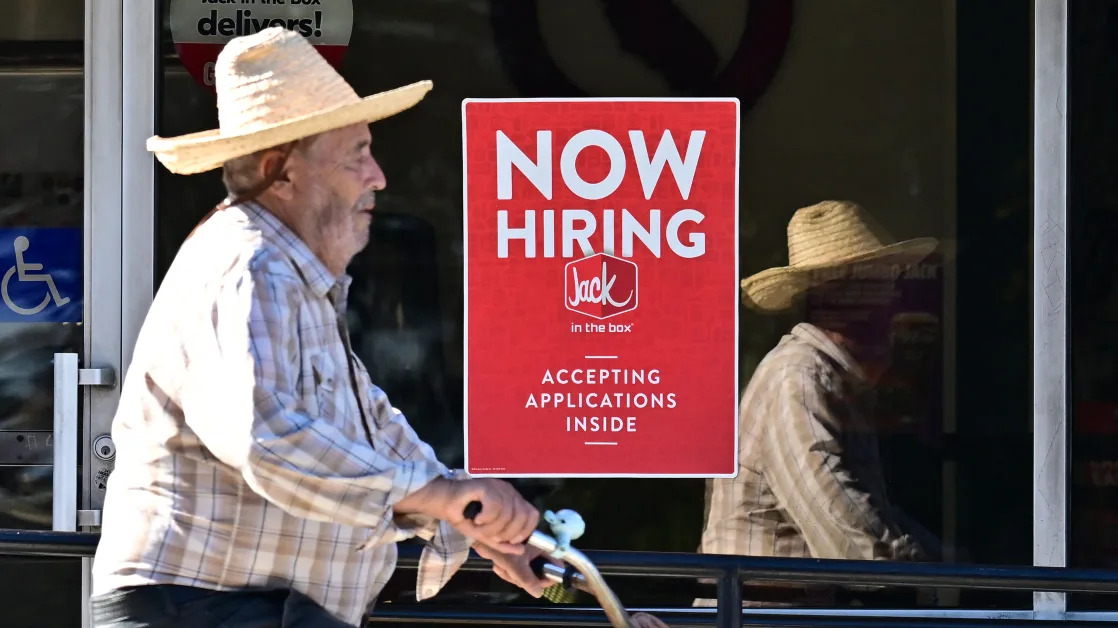When you switch jobs, the basic advice is to roll over your old employer-sponsored retirement account to an individual retirement account, or IRA. Sounds easy, but beware.
I know because I've done this a few times. And have learned to keep it simple.
My method: I divvy my rollover up between a handful of low-fee index funds. I have also carved out a portion for a target-date fund , a “set-it-and-forget-it” way to invest based on the date of retirement. (As you age, the fund shifts the account’s investments from stocks to less volatile choices, such as cash and bonds.)
But guess what?
That’s not what many people do, according to recent research from Vanguard Group. Instead, their money is transferred from a former employer’s 401(k) plan to an IRA, usually at another financial services firm, and the balance goes into a market-type cash account that generally pays a marginal rate of interest.
Nearly a third of those who rolled retirement savings into IRAs at Vanguard in 2015 still had the balance sitting in cash seven years later. Not cool. You lose years of potential gains from being invested in stocks, which compound and boost your wealth for your golden years.

We're not talking about chump change here. For investors under age 55, the estimated long-term benefit of investing in a target-date fund (versus staying in cash) upon rollover is equivalent to, on average, an increase of at least $130,000 in retirement wealth at age 65, according to Vanguard.
“How many people stayed in cash and for how long far exceeded our expectations,” Andy Reed, Vanguard’s head of investor behavior research and co-author of the study, told me.
Most older investors, however — and/or those with balances exceeding $100,000 — moved out of cash within the first few months after the rollover. Compared to men, women, however, were significantly more likely to remain in cash for years after the rollover.
What is the retirement age for Social Security, 401(k), and IRA withdrawals?
Options
There are several ways to handle retirement savings when leaving jobs. You can keep your 401(k) balance with your old company, roll the money into a new employer’s 401(k) plan, or move it into an IRA.
The downside to keeping retirement money at a former employer, of course, is that you can't add any more money to it. And you’re stuck investing only in that specific menu of investments. An IRA will typically offer many more choices.
How it works
When you roll your 401(k) account into an IRA, the company that administers the plan typically liquidates your holdings, then moves the cash into your IRA. But, it doesn’t automatically invest it for you. “We often see people assume their IRA cash will be auto-invested, similar to a workplace plan such as a 401(k),” Rita Assaf, vice president of retirement products at Fidelity Investments, told Yahoo Finance.
Put it down to confusion, “not necessarily about investing, but with the mechanics of IRAs,” Reed of Vanguard said. “It’s not that people intentionally want to make this money mistake. This is not deliberate and part of a master plan. It’s out of sight, out of mind.”
'No idea'
In another survey of over 500 Vanguard IRA clients who completed a rollover in 2023 but were still in cash in June, about two-thirds had no idea how their IRA money was invested.
The remainder said they never got around to investing it, or they didn’t want to risk putting their savings into stocks, or they simply felt overwhelmed by their IRA choices. Reed said: “You can have too much of a good thing when it comes to choice.”
Given all the job changing across all generations in recent years, this mistake is pretty significant, particularly for younger workers. “If you want to have any chance of retiring and living the life you want in retirement, then you're going to have to have a large portion of your retirement savings allocated to equities to maximize your chance of success,” Reed said.
Targets to the rescue
To improve retirement outcomes, you need to stay invested consistently.
One solution: Make it possible for financial services firms to invest rollovers to IRA accounts automatically into a target-date fund or something akin to how many employers now enroll workers automatically into these diversified accounts when they come on board.
Virtually all 401(k) plan sponsors and the majority of state auto-IRA programs use target-date funds when they automatically enroll workers in a retirement plan. Track record: not bad. Vanguard's Target Retirement Fund 2050 is up 11.4% to date and 10.1% over the past five years.

This way you don't have to know what an index fund or the other nitty-gritty of investment lingo.
Until the laws are changed, your best move is to have a plan for how you want your savings invested before you initiate a rollover, said Lindsay Theodore, a senior manager in advisory services at T. Rowe Price.
Call the firm where you’re moving your money to and get an idea of what would be an appropriate investment, she added. “Having a good understanding up front as to what that process is going to look like can help you get your money invested right away, so it doesn't get stuck in a cash limbo.”
Kerry Hannon is a Senior Columnist at Yahoo Finance. She is a career and retirement strategist, and the author of 14 books, including " In Control at 50+: How to Succeed in The New World of Work" @kerryhannon .
Read the latest financial and business news from Yahoo Finance





